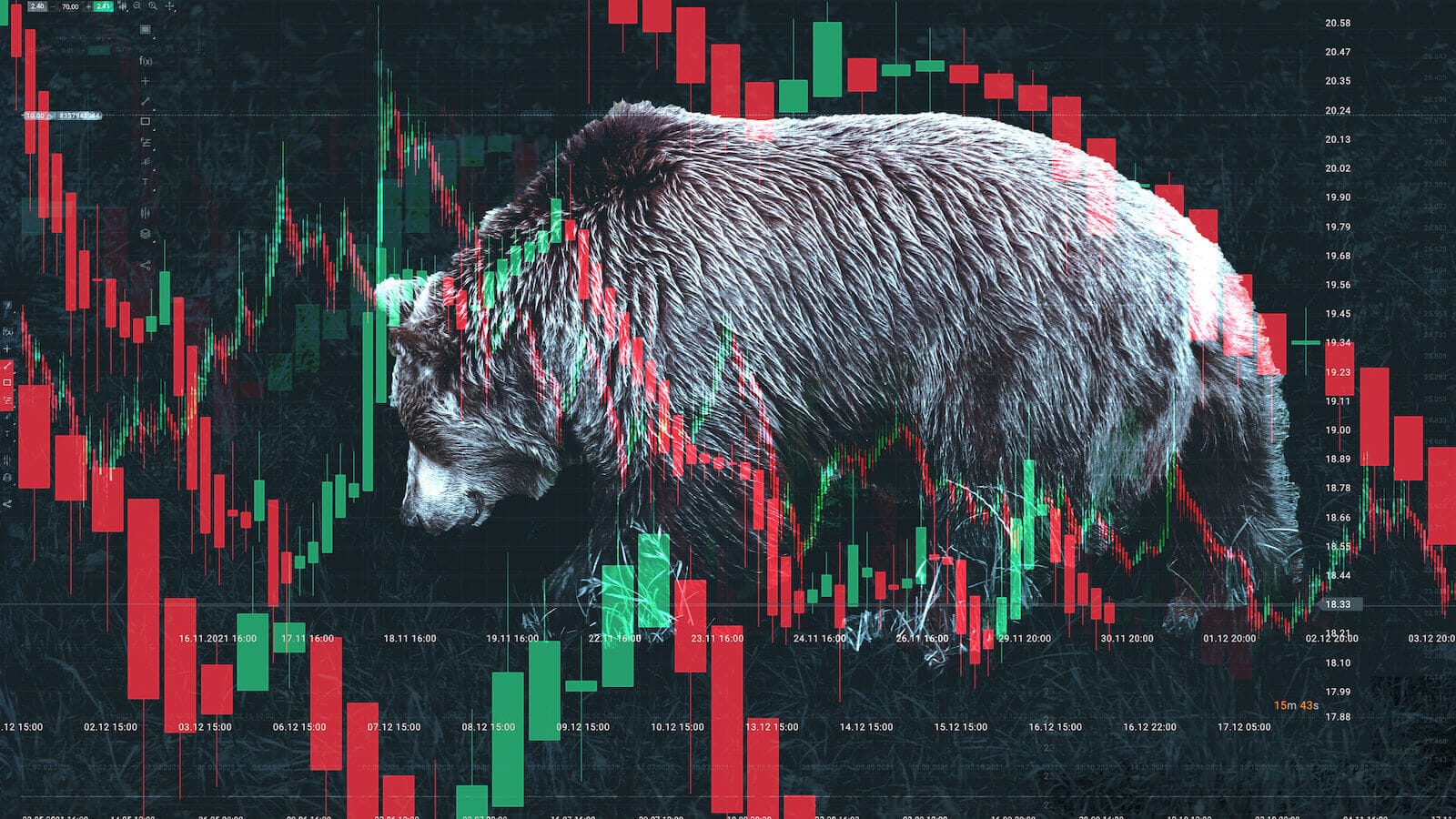BRITISH POUND EXCEEDS $2.00 -- THAT'S GOOD FOR UK ISHARES -- RISING OIL MAY ALSO BE BOOSTING UK -- FOREIGN SHARES LEAD S&P 500 HIGHER
IT NOW TAKES $2.00 TO BUY A POUND ... There's good and bad news for American travelers in Britain. The bad news is that it now takes $2.00 to buy one British Pound. The good news is that figuring out the currency conversion has become a lot easier. Just divide the number of dollars you have in your pocket by two to find out how many pounds you have. Rising British inflation (and strong economic growth) raises prospects for higher UK interest rates. As a result, Chart 1 shows the British Pound exceeding its 1992 high and trading over $2.00 for the first time since 1981. That may explain why United Kingdom iShares (EWU) are the day's strongest foreign ETF. Last week I wrote about how the Australian Dollar was causing Australia iShares to outperform the Australian stock market. The same is true in Britain.

Chart 1
UK ISHARES OUTPERFORM FTSE... The monthly bars in Chart 2 show United Kingdom iShares (EWU) hitting a new record high today. By contrast, the FTSE (blue line) is still below its 2000 peak. Although both have been rising together since the start of 2003 (when the global bull market in stocks began), the iShares have been rising a lot faster than the British cash market. That can be seen more clearly in the rising EWU/FTSE ratio just below Chart 1. That ratio has been rising for the last five years. The reason for the iShares stronger performance is the rising British Pound, which is the green line just below the ratio chart. Notice that the iShare outperformance started in 2002 just as the pound starting to outperform the dollar. As I've explained before, that's because iShares are quoted in dollars while the FTSE is quoted in pounds. The market quoted in the weaker currency (iShares) has to rise faster than the market quoted in the stronger currency (the FTSE). That adds another dimension to the global implications of a falling dollar. While a weak dollar makes foreign stocks more attractive for American investors, it also makes foreign ETFs a stronger buy than foreign stocks themselves.

Chart 2
BRITISH LEADERSHIP MAY ALSO BE BASED ON RISING OIL ... Chart 3 shows a strong historical correlation between the U.S. stock market (red line) and UK stocks (blue bars). Both are nearing a test of their 2000 highs. Britain, however, has been rising faster than the US for the last three years. The FTSE:S&P ratio (below price bars) bottomed at the start of 2004 and has been rising since then. That's consistent with foreign outperformance of the US market, and is partially tied to a sharp drop in the dollar from 2002 to 2004. There may be another reason for Britain's stronger performance. Britain is a producer of oil and stands to benefit from rising oil prices. It may not be a coincidence that Britain started to outperform the US just as crude oil rise above $40 for the first time in history at the start of 2004 (see arrows).

Chart 3
STRONG FOREIGN MARKETS PULL US HIGHER... One of the side-effects of a falling dollar is that it tends to push money into foreign markets. That means that foreign shares should continue to outperform the US market. The good news is that there's a close correlation between global stock markets. As a result, upside breakouts in foreign stocks increase the odds for continuing strength in the American market. I made that point over the weekend when I suggested that a new high by the EAFE (Europe Australasia and the Far East) Index increased the odds for a similar breakout in the U.S. market. We saw that upside breakout in the S&P 500 on Monday when it closed at the highest level in seven years. That increases the odds for an eventual test of the 2000 high at 1553 which is roughly 80 points (5%) above yesterday's closing price.

Chart 4






